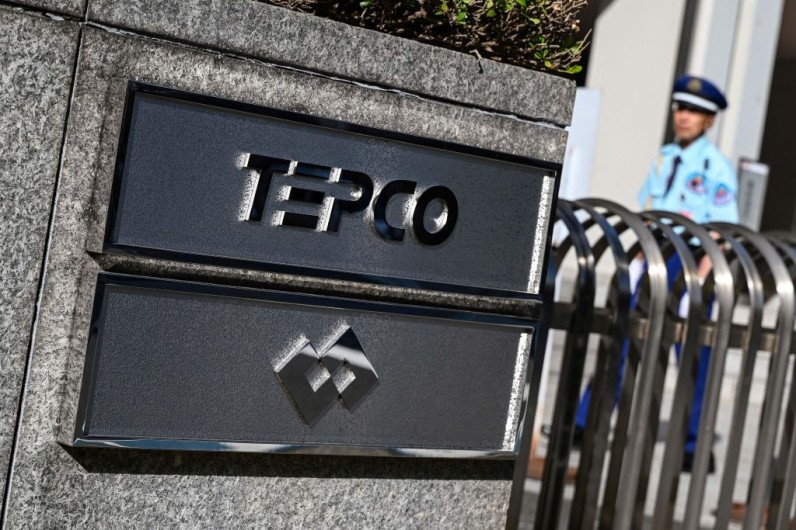
To address the aftermath of the Fukushima Daiichi nuclear disaster, AP News reported that the Tokyo Electric Power Company Holdings (TEPCO) revealed plans to employ a remote-controlled robot to retrieve melted fuel debris from one of the damaged reactors.
This initiative marks the first attempt to remove such debris since the catastrophic meltdown in 2011.
However, there have been delays in removing melted fuel from the Fukushima Daiichi nuclear reactors. Originally planned to start in late 2021, the removal is expected to begin in October of this year.
The company noted that the recovery and cleanup process became more challenging after the 2011 magnitude 9.0 earthquake and tsunami.
The demonstration at the Mitsubishi Heavy Industries shipyard in Kobe, western Japan, showcased a "telesco-style" extendable pipe robot designed to extract tiny bits of debris from the primary containment vessel of Fukushima Daiichi No. 2 reactor.
Cleaning up the Destroyed Nuclear Plant
TEPCO intends to conduct a test removal of less than 3 grams of debris from the Fukushima plant.
This test removal is essential for guiding future decommissioning projects, particularly with approximately 880 tons of highly radioactive melted nuclear fuel still lingering in the damaged reactors. With the government and TEPCO's thirty to forty-year cleanup goal, experts warn that it could be much longer. This skepticism is due to each reactor's complex and challenging conditions, which could prolong the cleanup process beyond the initial estimates.
A deeper understanding of the melted fuel debris inside the reactors is also essential for decommissioning.
In a previous initiative shared by World Nuclear News, TEPCO deployed four mini drones into the primary containment vessel of the No. 1 reactor to capture images from areas inaccessible to robots.







Join the Conversation